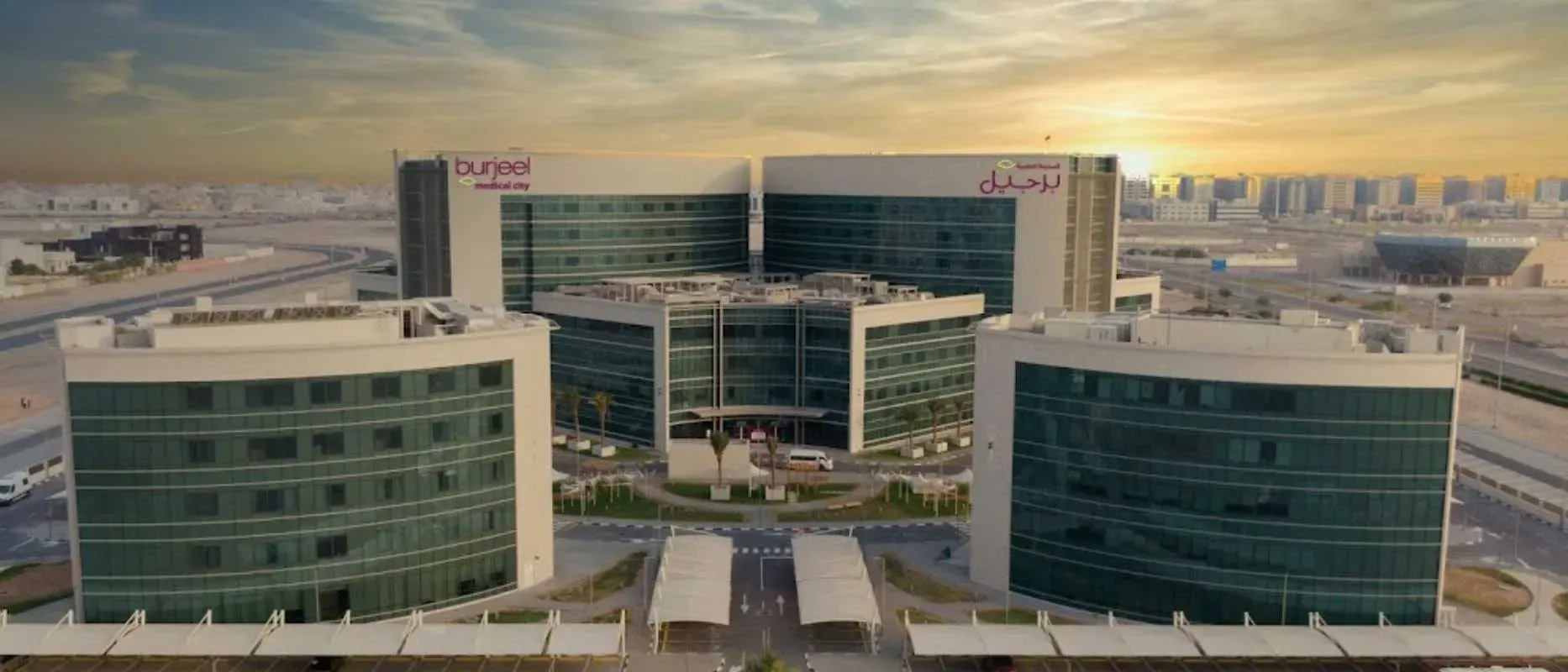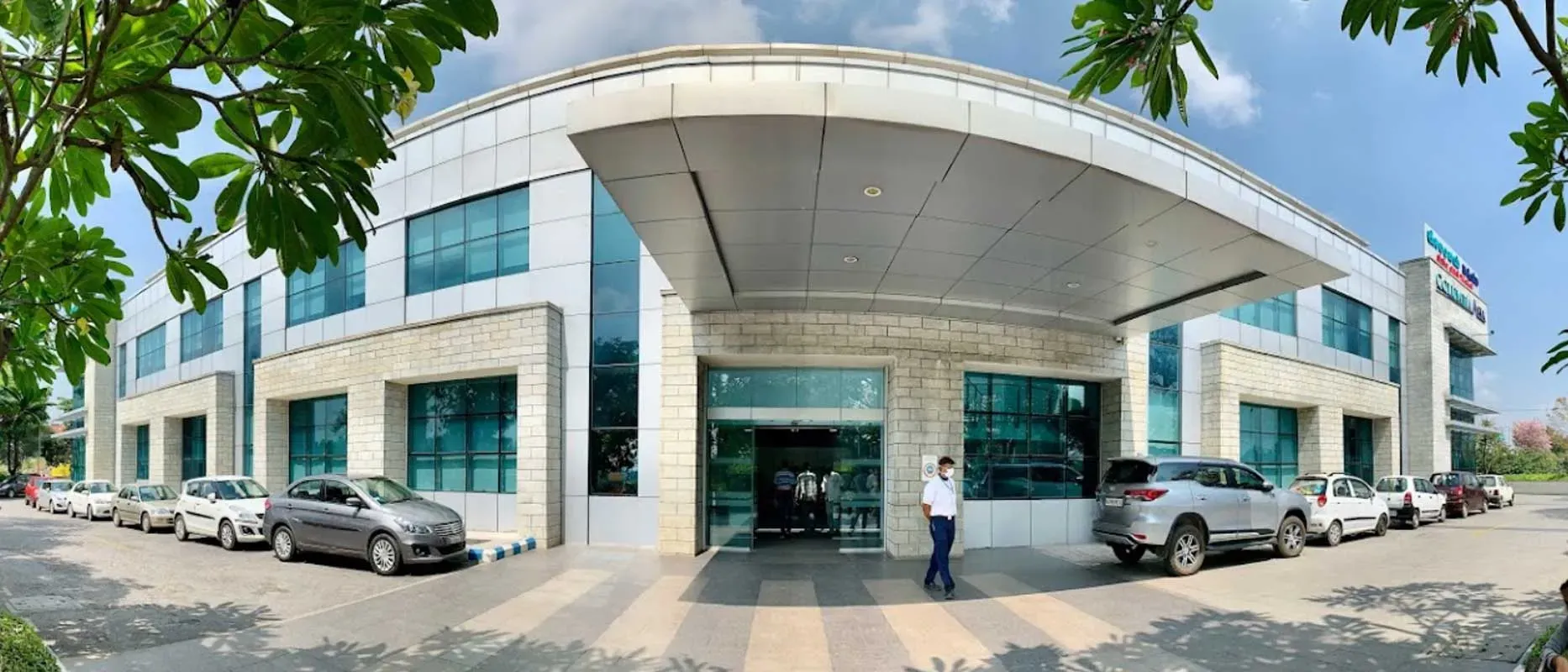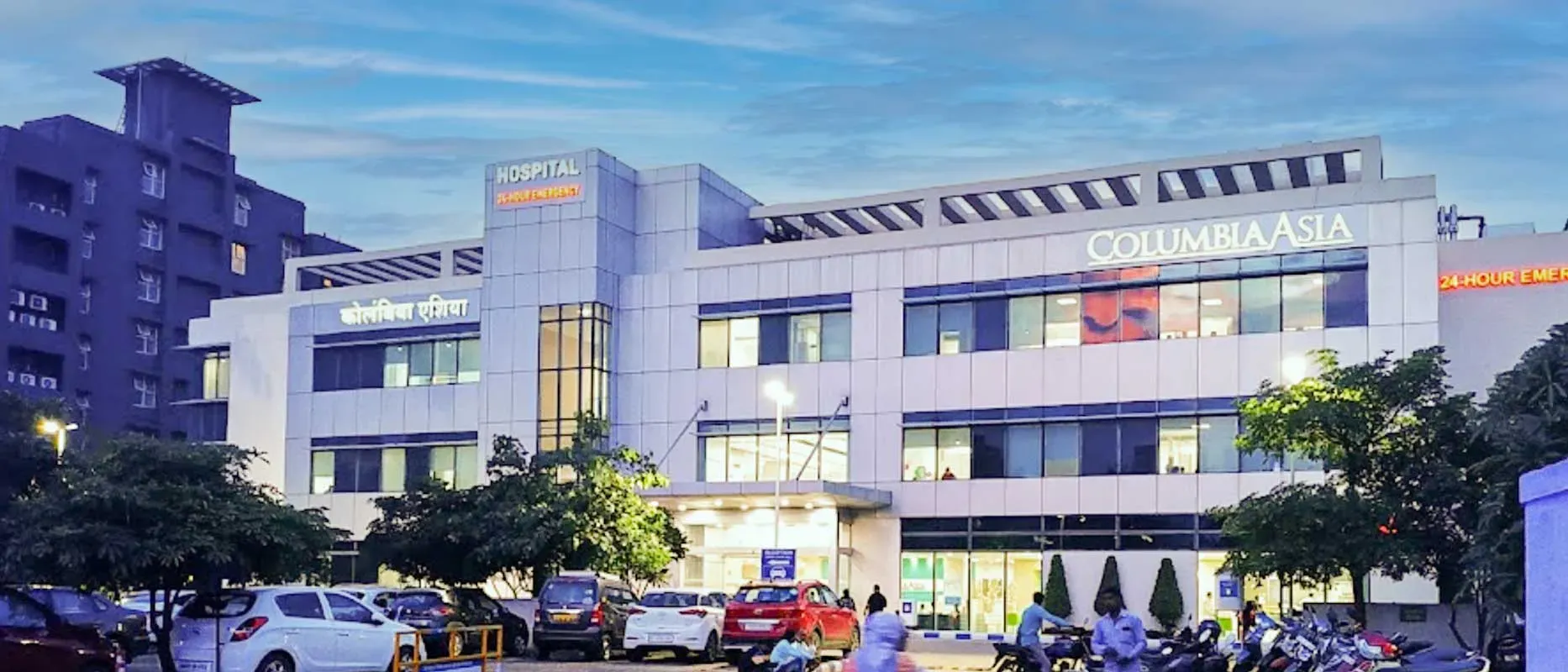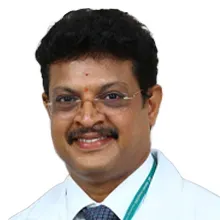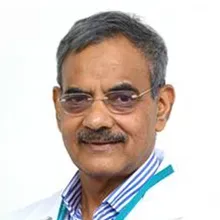Overview of Cosmetic Plastic Surgery Liposuction Treatment India
Liposuction is a cosmetic procedure to remove stubborn fat from specific areas, such as hips, abdomen, arms, thighs, buttocks, or neck to improve body appearance. The excess body fat is removed by suction using specially designed surgical equipment. This procedure is also known as lipoplasty and body contouring. This procedure is not an overall weight-loss alternative. It is best for candidates with fat in different body spots but has stable body weight.
Types of Cosmetic Plastic Surgery Liposuction Treatment India
Types of Liposuction
There are four liposuction techniques. All these four techniques have one thing in common is the suction of fat from the body with the use of a thin tube, called a cannula. The four techniques are:
01. Tumescent Liposuction - Also known as a fluid injection, it is the most common type of liposuction. In this procedure, a medicated solution is injected into the body areas before fat removal which makes it easier to remove fat with less pain and blood loss. This solution can be three times the amount of fat to be removed. This fluid is a mixture of local anesthetic, intravenous saline solution (IV), and drug (known as epinephrine) to contract the blood vessels. Epinephrine helps to reduce swelling, bruising, and loss of blood. The intravenous solution aids in removing the fat easily and is removed with the fat. The time to perform this liposuction technique is longer than others.
02. Super-wet Technique - It is similar to tumescent liposuction but there is a minor difference. In this procedure, a small amount of fluid is injected into the body. This amount equals the amount of fat to be removed.
03. Ultrasound-assisted Liposuction (UAL) - In this technique, ultrasonic vibrations are used to rupture the fat cells and turn them into liquid. This liquid fat is then vacuumed out. This technique removes fat from fiber-filled and dense areas of the body. This procedure can be done in two ways:
3.1. External (performed above the surface of the skin with a special emitter)
3.2. Internal (performed below the surface of the skin with a heated cannula)
04. Laser-assisted Liposuction (LAL) - In this technique, a laser is used to liquefy fat cells. These liquefied fat cells are then vacuumed out or allowed to drain out through a small cannula. Due to the use of a small tube, the surgeon prefers using this technique for confined areas such as the face, chin, and jaws. An additional advantage of this procedure is that the laser stimulates collagen production which maintains skin structure.
Procedure
Before Procedure
The surgeon will review the patients medical history and will recommend stopping certain medications, such as blood thinners, at least three weeks before surgery. The surgeon will mark circles or lines on the areas of the body to remove excess fat from. Photos will be taken before and after liposuction so that these images can be compared to see results. The surgeon will select the technique based on treatment goals and the area of the body to be treated.
During the Procedure
Some liposuction techniques require anesthesia. During the procedure, the medical team will monitor blood pressure, heart rate, and blood oxygen level. The procedure lasts for several hours. The patient will spend a few hours in the hospital and medical staff will monitor the recovery at this time. Only a few patients may require to stay overnight in the hospital.
After the Procedure
There will be swelling, bruising, and pain in the treated area. Surgeons will prescribe painkillers and antibiotics to reduce the risk of infection. Patients may need to wear compression garments which aid to decrease swelling. The patient may return to work in a few days and can resume normal activities in a few weeks.
Diagnosis of Cosmetic Plastic Surgery Liposuction Treatment India
Symptoms and Risk factors
Liposuction Recovery
The patient must limit activity during the first few weeks after this procedure. The total rest is recommended for the initial few days:
01. Weeks (1 - 2) - The pain and soreness will dissipate in a week or so. Most of the people resume back work after two weeks depending on the type of job.
02. Weeks (3 - 5) - There will be minimal swelling which is normal. It can take months to completely disappear. After 3-5 weeks, the patient will start noticing visible results. People can resume light exercise but strenuous activities should be prohibited.
03. Week 6 and beyond - The six-week mark is when a patient will no longer need compression garments. Patients can be involved in all kinds of activities with no restrictions unless otherwise ordered by a doctor.
Possible complications after Liposuction
Liposuction carries risks, including:
01. Contour irregularities
02. Fluid accumulation
03. Numbness
04. Infection
05. Fat embolism
06. Internal puncture
07. Kidney and heart problems
08. Uneven fat removal
09. Damage to blood vessels, muscles, lungs, or nearby organ
Top Hospitals for Liposuction in India
Shaping the future of the healthcare institution and establishing the path to accomplishment.
Top Doctors for Liposuction in India
Empower your Health with the Expertise of Leading Medical Professionals.
Dr. Leela Praveen Kumar K
Department of Plastic Surgery
Consultant
Book Appointment
Treatment Costs for Liposuction
Be the change and be an opportunist in transforming healthcare.
How it's Works
Guiding your Journey from Discovery to Treatment Planning and Beyond.
Discovery
Get a consultation to discover about your treatment
Pre-Treatment
Admission to the best hospital and all pre-treatment facilities
Post Treatment
Get post-treatment follow-up care with medicine fulfillment
Treatment Planning
Hassle-free treatment planning with package & cost estimations
in-treatment
world-class quality procedures and equipment for treatment












